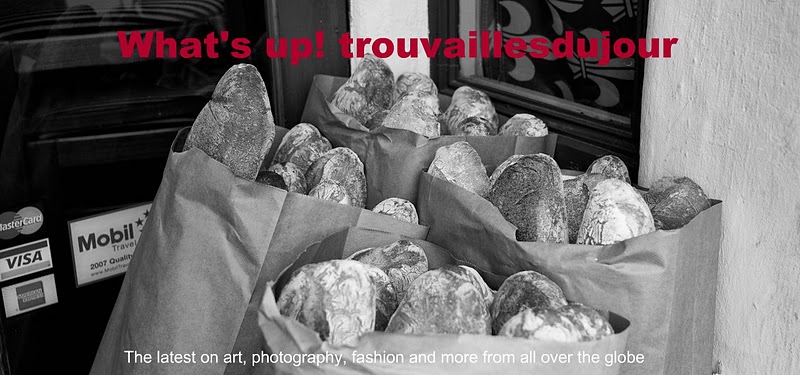After only three years of working in the USA, the German-born photographer became one of the most famous and highly paid photographers in the business, with the New York Times heralding him as an "outstanding leader in imaginative photography".
Blumenfeld Studio: New York, 1941 - 1960 is currently on exhibit at Somerset House, UK.
May 23 - September 1, 2013
Blumenfeld Studio: New York, 1941 - 1960
Grace Kelly 1955 for Cosmopolitan
© The Estate of Erwin Blumenfeld
Spring Fashion 1953 for Vogue
© The Estate of Erwin Blumenfeld
Lilian Macusson for the cover of American Vogue, January 1951
© The Estate of Erwin Blumenfeld
Evelyn Tripp in a Dior Sargent Dress (variant of photograph in American Vogue Nov. 1949)
© The Estate of Erwin Blumenfeld
City Lights
© The Estate of Erwin Blumenfeld
Support for the Red Cross for the cover of American Vogue March 1945
© The Estate of Erwin Blumenfeld





























